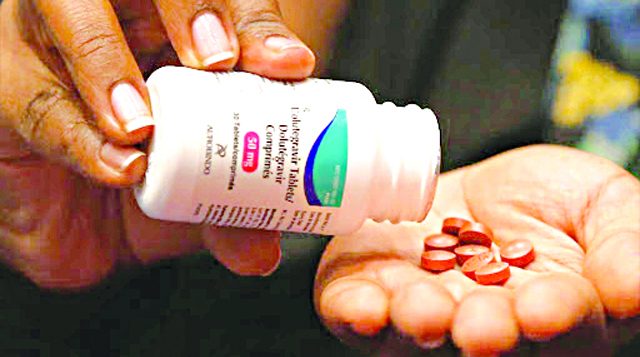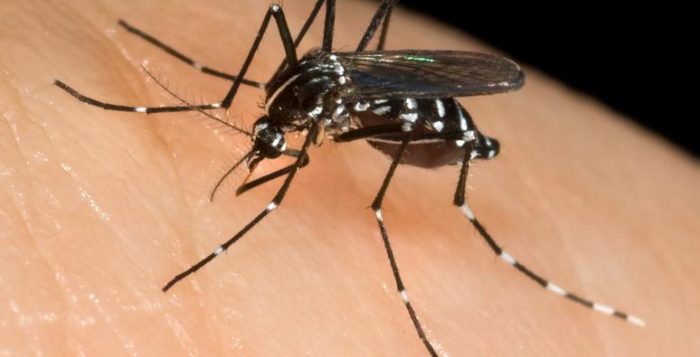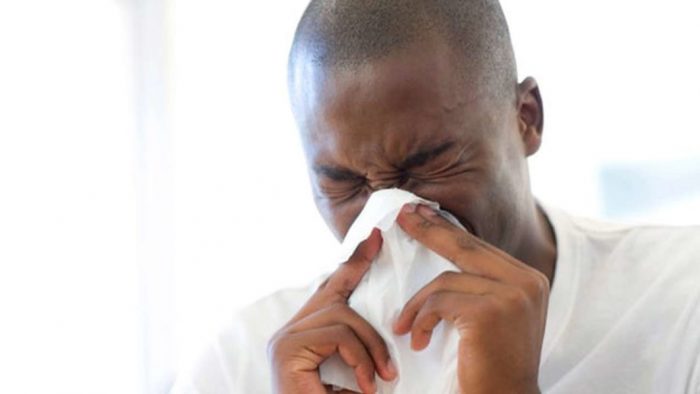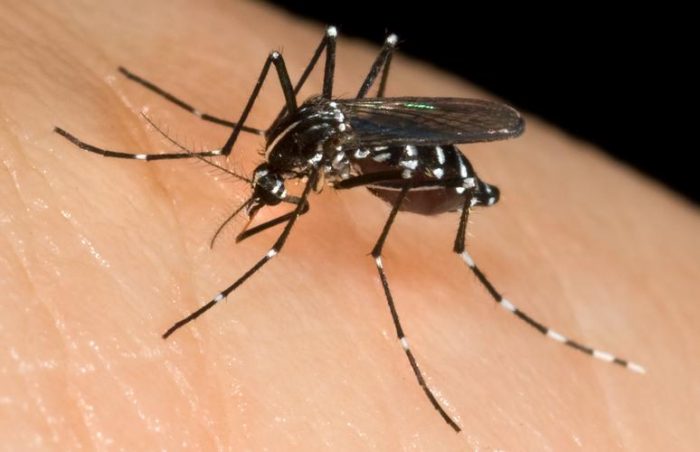Research is currently underway to determine whether it is possible to repurpose existing medications to prevent or treat COVID-19.
To guide healthcare professionals through this ever-evolving wave of new evidence, the World Health Organization (WHO) is creating a ‘living’ guideline outlining the most complete, accurate, up-to-date information on COVID-19 management.
This guideline also offers patients the chance to consider their best treatment options. The WHO have called it a ‘living’ guideline because they will continuously update it to reflect new knowledge.
To create this living guideline, experts, doctors, patients, and methodologists from around the world are assessing existing studies to produce a set of universal recommendations.
On March 1, 2020, the panel released the first installment of the living WHO guideline on drugs to prevent COVID-19 in the British Medical Journal.
In this first installment, the panel evaluates whether hydroxychloroquine can help prevent COVID-19.
These findings could focus research efforts on more effective, safer treatment and prevention options for COVID-19. It could also discourage doctors and patients from using a medication that is likely to do more harm than good.
Why focus on hydroxychloroquine?
Scientists developed hydroxychloroquine in 1946 to reduce the risk of getting malaria and help treat it. Today, doctors use the drug to treat several autoimmune diseases, such as rheumatoid arthritis and systemic lupus erythematosus.
Some early in vitro studies suggested that hydroxychloroquine may help reduce the risk of developing COVID-19 in several ways.
Hydroxychloroquine raises the pH inside of endosomes, a group of organelles inside cells that regulate the exchange of proteins and lipids. This may make it difficult for SARS-CoV-2 to fuse with cell membranes.
Some studies have also shown that hydroxychloroquine appears to block the release of SARS-CoV-2 viral particles from infected cells.
Once viruses enter cells, they take over the cell’s machinery to reproduce its own genetic material, ribonucleic acid (RNA). The cell typically releases these new viral particles with help from late-stage or mature endosomes.
Hydroxychloroquine appears to prevent the transport of new viral particles into these special endosomes, preventing their release.
But scientists have not confirmed most of these findings in humans, only in cells from organisms.
In one study, hydroxychloroquine had some antiviral effect in African green monkey kidney cells, but not in cell models from the lining of human airways.
Another study using macaque monkeys also concluded that hydroxychloroquine was not effective in preventing infection with SARS-CoV-2.
A few early studies, including small human studies without a control group, suggested that hydroxychloroquine could treat patients with COVID-19.
The FDA issued an emergency use authorization in March 2020 that allowed healthcare professionals to use hydroxychloroquine in teens and adults hospitalized for COVID-19 who weigh more than 110 pounds.
And doctors in many hospitals starting using hydroxychloroquine routinely in COVID-19 patients.
But even at the time of its issuing, the FDA noted that a person should only use the drug when a healthcare professional feels the possible benefits outweigh the risks.
That is because hydroxychloroquine carries substantial health risks, including:
- serious heart rhythm problems
- anemia
- low blood sugar
- damage to the tissues in the inner eye that may cause a vision problem
- worsening of neurological problems or seizures
- drug interactions, such as with some beta-blockers, antidepressants, antipsychotics, and methadone
Dangers outweigh potential health benefits
By mid-June, the FDA formally revoked this emergency issue, claiming the potential benefits of the drug in cases of COVID-19 did not outweigh existing and potential health risks.
There were reports of serious cardiac side effects and other adverse effects at the doses doctors used for treating people hospitalized with Covid-19.
Hydroxychloroquine typically has few severe side effects when used to treat conditions such as rheumatoid arthritis and systemic lupus erythematosus.
Possible reasons why the drug is more toxic in people with COVID-19 include:
- people hospitalized with COVID-19 received higher doses of the drug
- the cardiac inflammation caused by COVID-19 may have increased the cardiac side effects of the drug
- interaction with other medications, such as azithromycin, exacerbated the risk of potentially lethal cardiac rhythm abnormalities
A few days later, the National Institute of Health (NIH) halted its clinical trial evaluating the efficacy and safety of using hydroxychloroquine in adults hospitalized for COVID-19.
Creating a ‘living guideline’
To create the living WHO guideline, collaborators from the MAGIC Evidence Ecosystem Foundation first analyzed six randomized, controlled trials. The six trials included 6,059 participants with or without exposure to COVID-19.
Making GRADE the Irresistible Choice (MAGIC) is a non-profit foundation that creates reliable, evidence-based digital tools to share guidelines with healthcare professionals and patients.
The acronym GRADE stands for Grading of Recommendations, Assessment, Development and Evaluations. It describes a popular framework for assessing and sharing summaries of scientific evidence that help guide clinical recommendations.
The WHO panel reviewed the MAGIC team’s findings to determine the accuracy of the findings and form their recommendations for the guideline.
Researchers often describe how confident they are in study findings by defining the level of certainty of the evidence supporting it. Typically, the more positive research to support an idea, the higher the certainty of the evidence and the more likely it is to be true in the real world.
In the new review of trials testing hydroxychloroquine for preventing COVID-19, the team found high certainty evidence indicating hydroxychloroquine has no significant impact on the risk of COVID-19 death or hospital admission.
The WHO panel also found moderate certainty evidence that the drug does not significantly impact the risk of developing COVID-19.
The panel concludes that using hydroxychloroquine may increase the risk of experiencing side effects severe enough to stop taking the drug when compared with a placebo.
People in the trials taking hydroxychloroquine had many more minor side effects, such as diarrhea and headaches, than those in the placebo group (56% vs. 6%). However, only marginally more people had side effects serious enough to stop taking the drug compared with a placebo.
Reconsidering priorities and resources
Based on these findings, the panel recommends that researchers shift their priority and resources to explore other medications.
This new guideline could help uncover more effective COVID-19 therapies by focusing research efforts and funding on prevention and treatment options with more promising results.
It may also bust the widespread myths and misconceptions that led to some people accessing or taking hydroxychloroquine to prevent or treat COVID-19 without medical advice.
And this is good news given the long-list of adverse side effects associated with taking hydroxychloroquine unnecessarily.
It could also be very good news for people with autoimmune diseases, such as lupus, who need the medication to stay healthy and who have been facing drug shortages.
The panel encourages researchers, doctors, and patients to check back for more information as they include new recommendations within the existing published document.
This review is a good reminder that drugs showing promise in the laboratory and in initial observational, non-randomized human studies may not deliver the hoped-for results in well-conducted randomized trials.



















